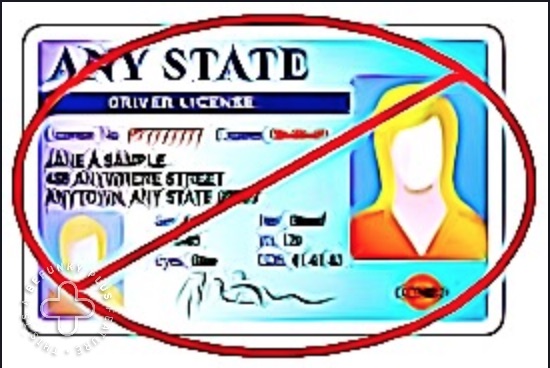
It’s crazy. Like many of you out there, when I was a teen, it was everything to get my driver’s license. It meant freedom, independence and represented a pivotal milestone in my life. The second I could take driving lessons, the written test and the behind the wheel test, I did. After that, any time my mother ran out of milk or needed something at the store, I jumped at the chance to get in my car and drive.
Gen Z does not have the same perspective. Driving is not a priority for them.
In fact, in 2019, The Wall Street Journal reported that whereas nearly half of 16-year-olds were driving in the 1980s only a quarter were by 2017. Recent data suggest this has remained the same in the subsequent years. What is the story here?
There are several factors that contribute to this behavior but we are going to focus on three: their virtual social experiences, alternative modes of transport, and, let’s be honest, parental involvement. Let’s discuss.
- Virtual Social Experiences: Gen Z has access to various online platforms, games, entertainment, streaming services, and social media, all of which allow them to interact with friends virtually. This digital connectivity has become an integral part of their social lives. Why drive across town when they can hang out with their friends in a virtual lobby before they play Call of Duty together online. As a result, some teens may prioritize virtual hangouts over physical ones, reducing their perceived need for and motivation to get a driver’s license to meet friends in person.
- Alternative Modes of Transportation: Ride-sharing services like Uber and Lyft as well as the availability of owned or rented electric bikes and scooters have made it incredibly convenient and cost effective for people of all ages, including Gen Z, to get around without owning a car or having a driver’s license. These options are certainly more cost-effective than maintaining a vehicle, paying for parking, gas and the other money absorbing drawbacks of owning a car.
- Parental Involvement: In previous articles, we’ve talked about how different Gen X parents are compared to Boomer parents. Gen Z has grown up in a more parent-involved environment. Many parents nowadays are heavily engaged in every aspect of their teens lives, and are therefore more willing to drive them to their destinations. I often hear, from Gen X parents, for example: “when I was a kid, my parents didn’t come to my sports events.” Now parents spend weekends with kids driving them to travel team sports in different cities around the state. Given that parents may be willing to provide transportation for their teenagers–chauffeuring them to school, extracurricular activities, and social event—it further diminishes the urgency of obtaining a license.
So, what does this mean to marketers? Lots. Let’s keep with the three theme and talk about three:
- Shift in Consumer Behavior: Marketers need to recognize that Gen Z’s preferences and behaviors differ from previous generations, especially when it comes to transportation. Traditional marketing strategies that heavily rely on car ownership may need to be reevaluated to resonate with this audience.
- Shift Toward Experiences: Gen Z values experiences over material possessions and often seeks a sense of community and belonging. Marketers should craft campaigns that highlight the experiential aspects of their products or services.
- Local and Convenient Gen Z has a more limited travel radius, so they are more likely to engage with local businesses and activities and have a greater value for convenience. Marketers should emphasize how their products or services make life easier for Gen Z within their restricted travel range. Highlighting features like local options, online ordering, home delivery, and mobile apps can be persuasive.
Just some things to think about for the non-driving teens!